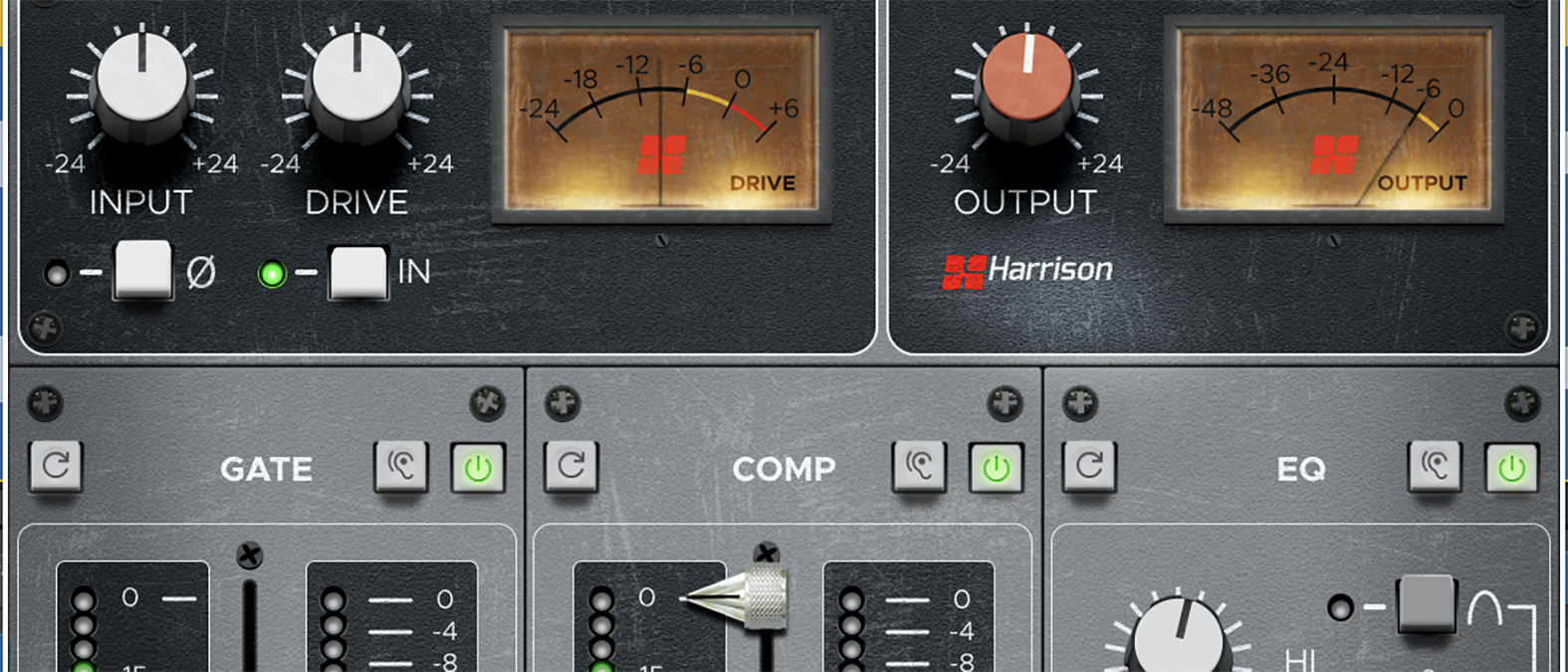MusicRadar Verdict
The Harrison 32Classic will breathe some vintage life into any sterile DAW and has some quality components all wrapped up in a tidy and easy workflow.
Pros
- +
Pure and simple EQ.
- +
Lovely drive sound - just use it for that!
- +
Very useful 3-mode compressor.
- +
Like the EQ and filter combo.
Cons
- -
Not cheap (unless compared to the real thing).
MusicRadar's got your back
Harrison/SSL 32Classic Channel Strip: What is it?
Such is the legendary status of Harrison’s 32-series console – with so many iconic users enjoying its character and workflow since 1975 (see below for more) – that we’re surprised it’s taken so long for an emulation of a channel strip from the mixer to be arrive, but that’s what we have with the 32Classic.
It was developed by Harrison and new owners SSL, itself no stranger to designing the odd amazing studio console. The original mixer was one of the major reasons artists flocked to studios that had it installed, including LA’s Westlake, Stockholm’s Polar Studios and Nashville’s Sound Emporium. Its workflow and sound has been completely replicated in 32Classic, and includes three vintage types of compression, EQ, filters, and drive (saturation), the idea being that it will give you all the vintage feel and character of those legendary consoles, all within your DAW.
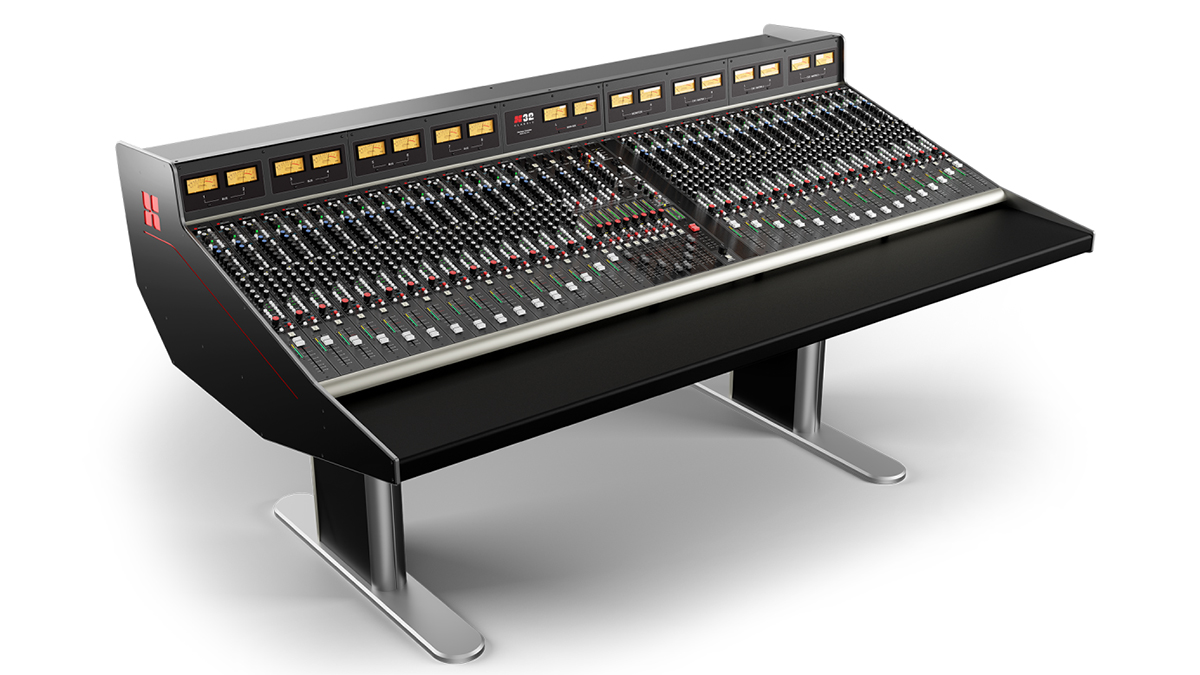
A little Harrison history
The first Harrison 32-series console was introduced in 1975 and soon became a dominant fixture in studios around Harrison’s Nashville HQ, with at least 20 local studios adopting it. Its ‘in-line’ design made it perfect to use with the multitrack recorders of the time, and its workflow and sound won it big fans.
It was adopted by high-profile producers including Bruce Swedien who used it at LA’s Westlake Studios to record Michael Jackson’s Thriller, Off The Wall and Bad albums. Steely Dan and Fleetwood Mac were big fans, using the console at The Village studios in LA. Jimmy Jam and Terry Lewis recorded with Harrison consoles while working with the likes of Janet Jackson, Boyz II Men, Prince and George Michael. The console also sold around the world – in the UK, high profile acts like Queen, ELO and Mike Oldfield used the console, while over at Polar Studios in Stockholm, both Led Zeppelin and ABBA recorded albums with Harrisons. A veritable who’s who of music history makers then…
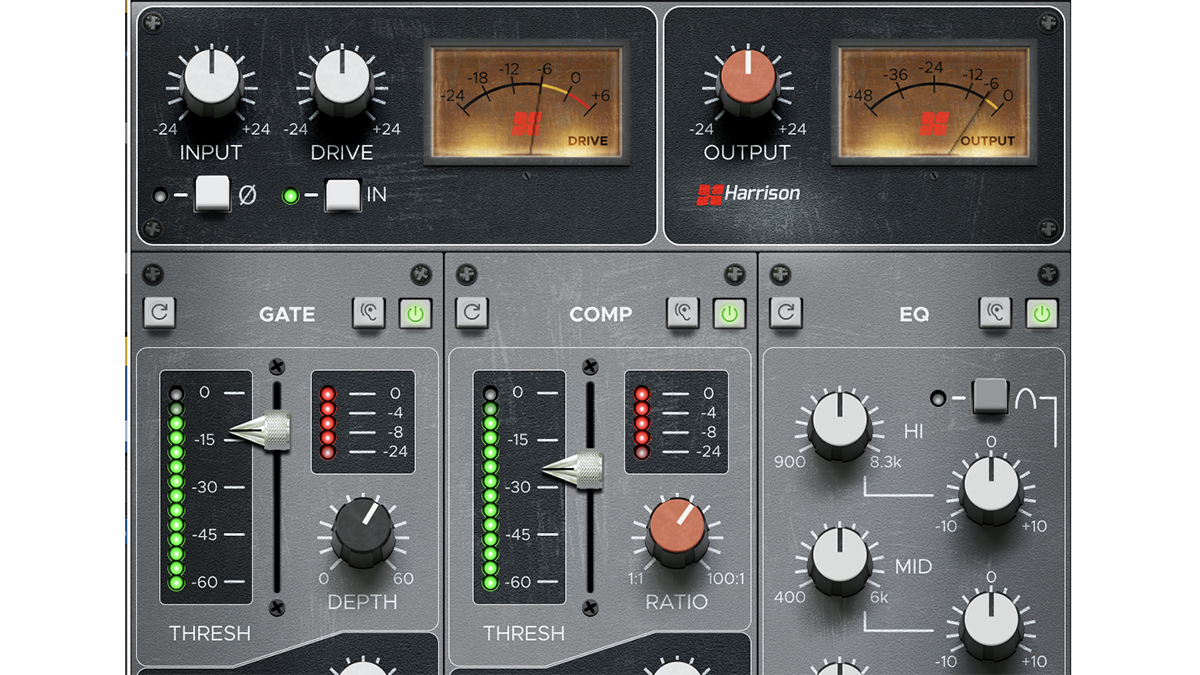
Harrison/SSL 32Classic Channel Strip: Performance and verdict
Starting at the top of the console, you get Input, Output and Drive rotaries to set levels and add saturation that mimics that from the mic pre on the original console. If you use nothing else, just running any signal through this adds warmth, energy, and presence to any input.
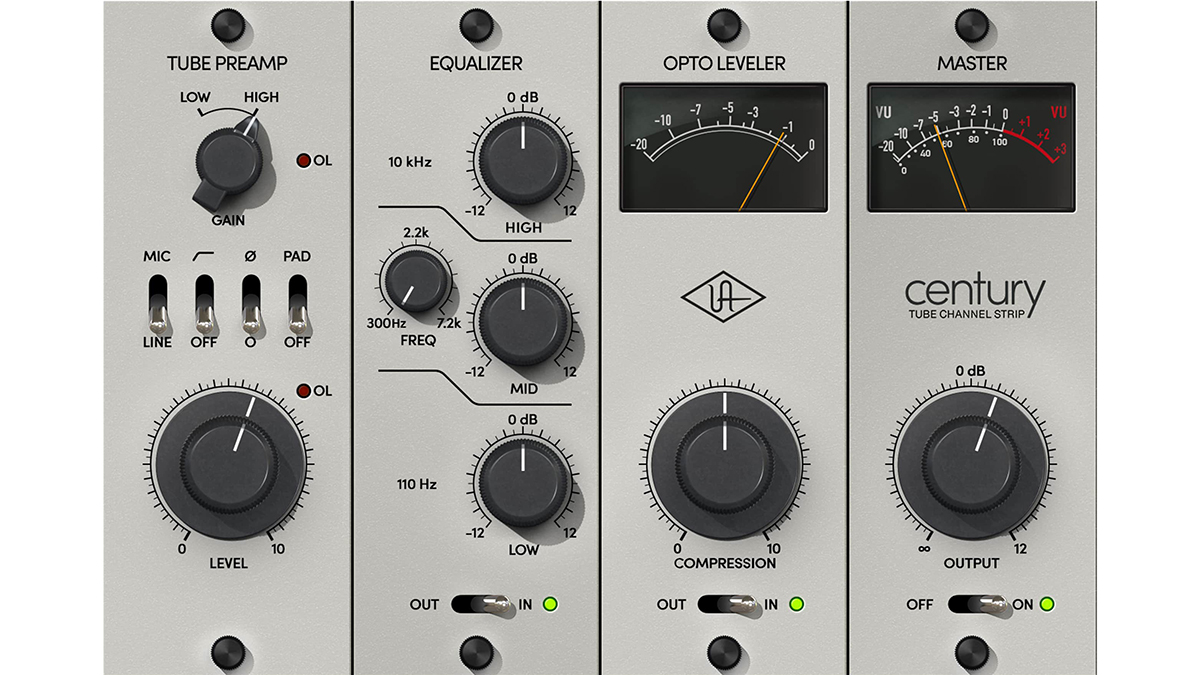
• Universal Audio Century Tube Channel Strip
One of our highest-rated strips with a vintage flavour and decent price.
• SSL 4K B
Another (great but pricey) mid ‘70s console channel strip emulation.
Below this, a noise gate/expander would have been typically used to cut out any bleed (extraneous noise from other instruments) on the input signal, but with faster attack and release times, can also be used to beef up transients on drums and other signals. We found it particularly useful on drum loops in this regard, where keeping the Threshold at around -15dB allowed us to focus on and add clout to both kicks and snares within loops.
The compressor section is where 32Classic starts to get really interesting as you get three modes: Level, Comp and Limit. Level is used to tame wayward input signals – like vocals or bass guitar – keeping the input levels consistent and the results natural and transparent by using a low ratio and gain reduction. In Comp mode, you get traditional compression with Attack, Release and Ratio defining whether you use it to level, boost or tame a signal, or as a tool to beef up the input as we did with our now isolated beats. The last compressor mode, Limit, is used for faster, aggressive compression, more for taming peaks on, say, drums.
To the right of the plugin is a 4-band parametric EQ. You get switchable shelf and bell modes on the high and low bands plus two mid band EQs. It’s what you might call a smooth rather than characterful EQ, and is flexible, fast and easy to use. Completing the channel strip and great partners to the EQ section are two high- and low-pass filters, again direct emulations from the original console.
We like that you can reorder the channel strip modules at the bottom of the plugin, so move away from the standard Gate>Comp>EQ. You might want to, say, EQ before compression, to focus on particular frequency components, so this is a useful and flexible addition.
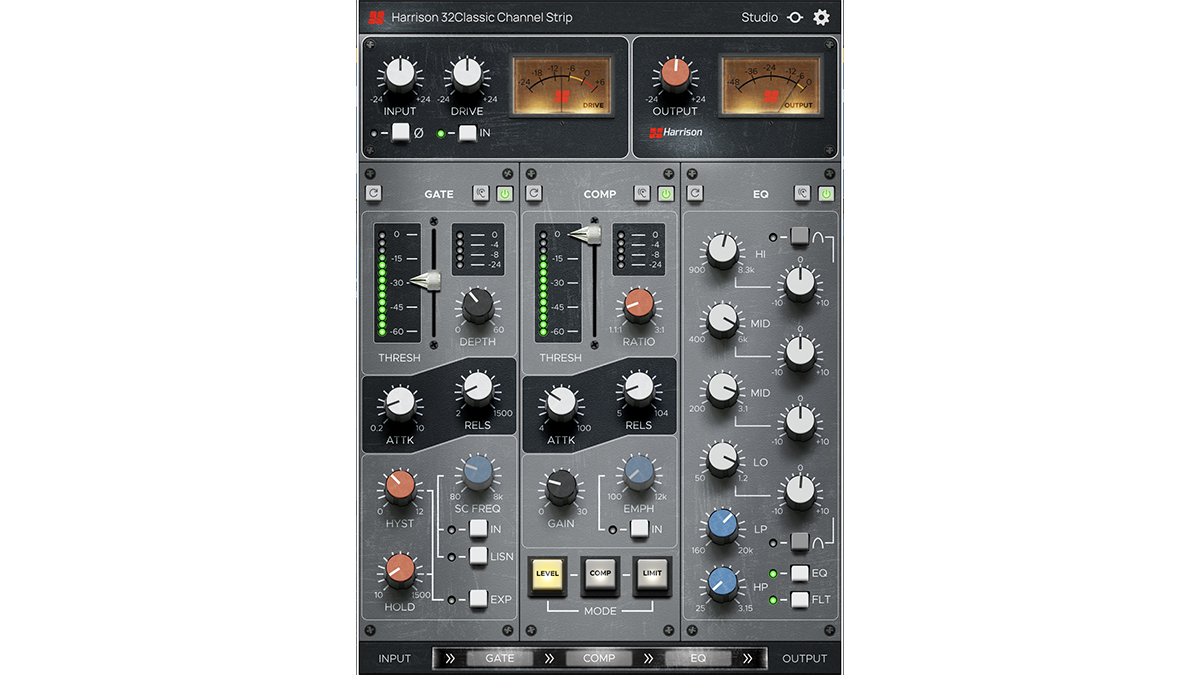
Buy George
Obviously 32Classic isn’t going to turn you into Bruce Swedien overnight, nor make you sound like one of the Jackson clan. It is, however, a powerful and versatile plugin, with a lot of character, but also cleanliness where required – the gate is very useful in this regard and so easy to utilise, and the EQ can be as dramatic (combined with the filters) or as subtle as you like.
32Classic is also very easy to use and you’ll have a lot of fun chaining, gating, EQ-ing and trying out the compression modes – and who ever said using compressors was ‘fun’? There’s a good argument to say that you’ll have some of these components in your DAW already, but this easy combination, and extra saturation character gives you a slice of a vintage icon to give your DAW classic workflow and character. A little pricey, but very tempting.
MusicRadar verdict: The Harrison 32Classic will breathe some vintage life into any sterile DAW and has some quality components all wrapped up in a tidy and easy workflow.
Harrison/SSL 32Classic Channel Strip: The web says
"The Harrison 32Classic Channel Strip plugin adds a new sonic touch and is sure to become a first-rate piece of equipment for many producers and mixers."
Midi Audio Expert
Harrison/SSL 32Classic Channel Strip: Hands-on demos
Harrison Audio
The Mix Club
Paul Third
Home Recording Made Easy
Harrison/SSL 32Classic Channel Strip: Specifications
- macOS macOS 11 Big Sur - macOS 13 Ventura. 64-bit only. M1 Mac supported. AU, VST2, VST3, AAX Native.
- Windows 10 - 11. 64-bit only. VST2, VST3, AAX Native.
- CONTACT: Harrison/SSL
- Buy from Plugin Boutique
Andy has been writing about music production and technology for 30 years having started out on Music Technology magazine back in 1992. He has edited the magazines Future Music, Keyboard Review, MusicTech and Computer Music, which he helped launch back in 1998. He owns way too many synthesizers.
“This update reflects everything we believe modern gear should be”: Neural DSP gives the Nano Cortex an almighty power-up with free NanOS 2.0.0 system update
“It’s honestly got me thinking hard about adding one to my own studio set up”: Two Notes Reload II review
“Gloriously adorned with a gold edge burst finish over a gold paisley and sparkle top”: Gretsch unveils the Paisley Penguin – a rare bird that growls – and the Honey Dipper Special, a resonator for all your roots rock manoeuvres
